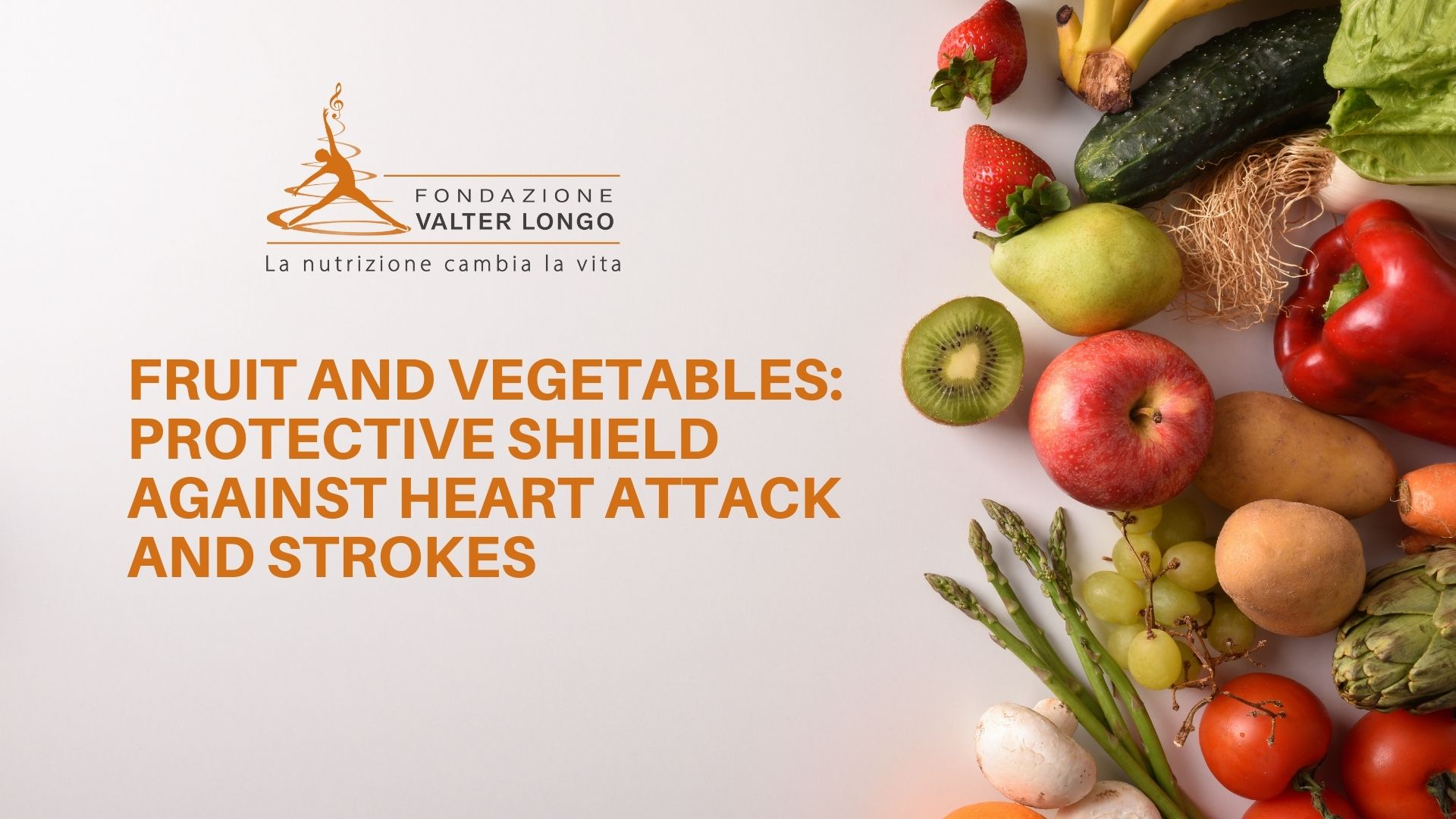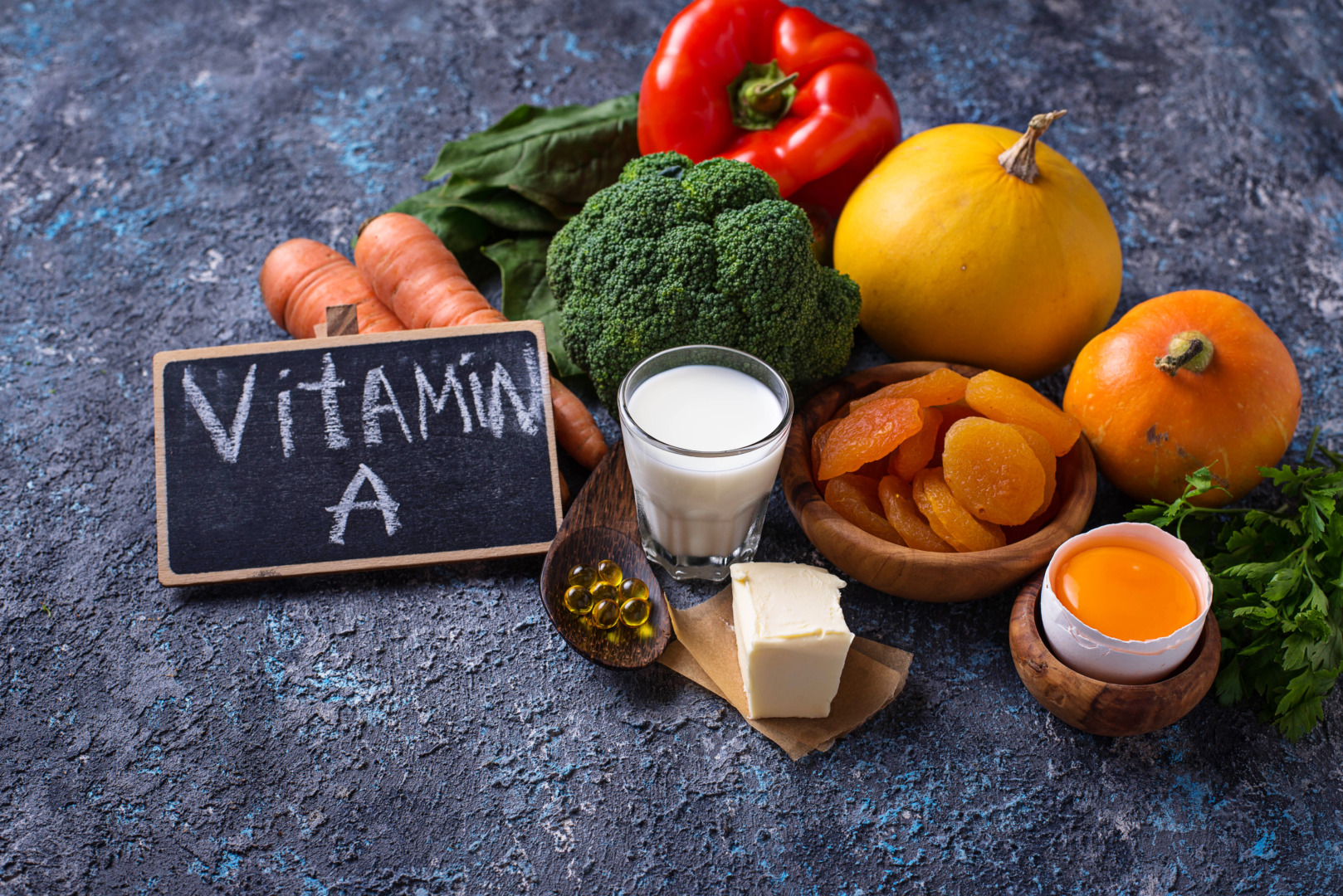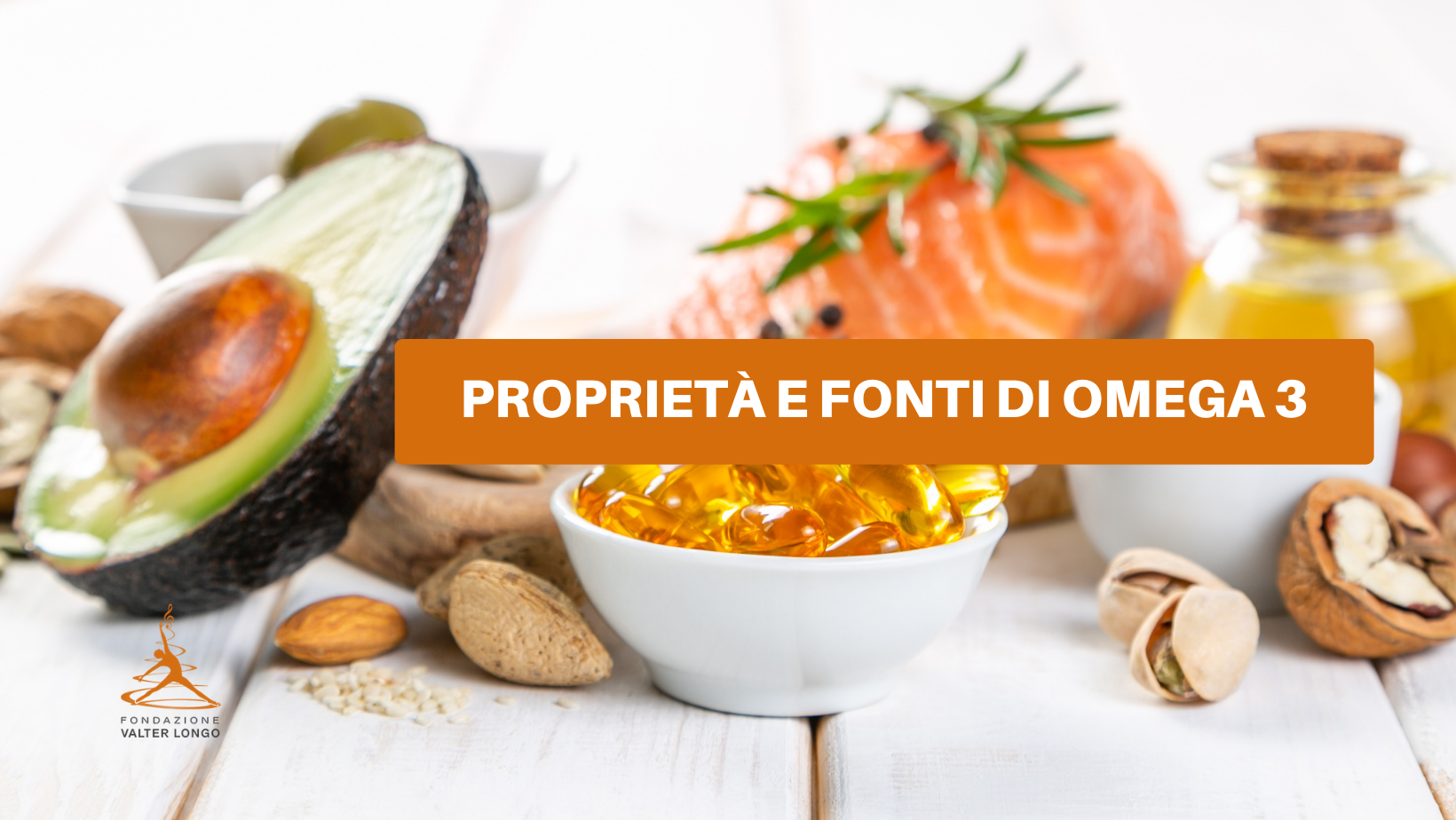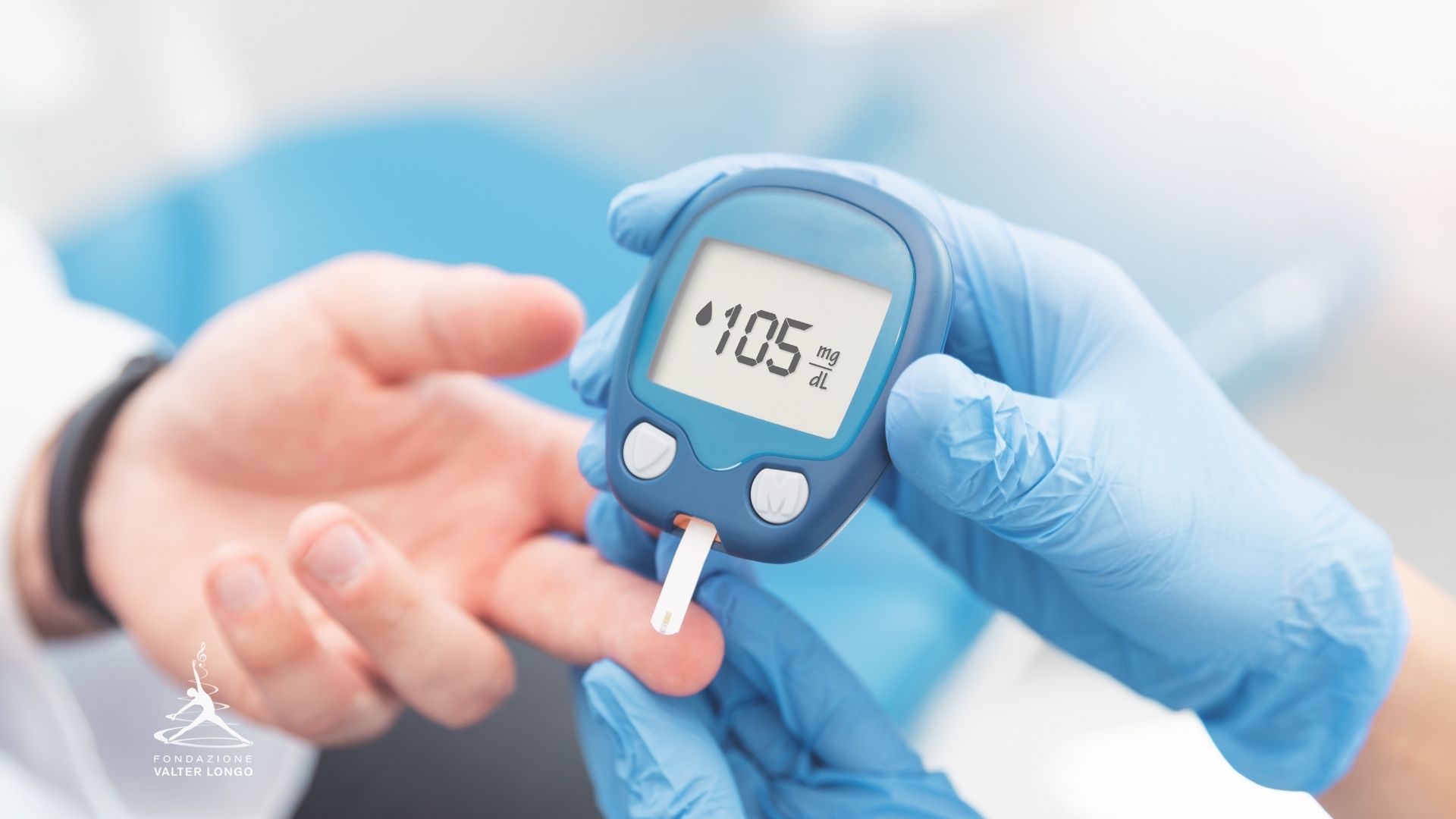There are more and more people affected by Type 2 Diabetes in the world, due to unbalanced diets, inactive lifestyle, and obesity. Scientific research examined how following “Western” food patterns, rich in red meats, refined cereals, sweets, and processed foods, leads to an increase in the risk of type 2 diabetes. While following healthy diets, rich in vegetables, but low in red meats and dairy products, on the other hand, reduces the risk of developing diabetes. A recent study analyzed the relationship between the Mediterranean diet and cognitive functions in people with type 2 diabetes. The results of this Boston Puerto Rican Health Study were published in the scientific journal Diabetes Care (May 2019).
MEDITERRANEAN DIET, DIABETES, AND COGNITIVE CAPACITY
Several scientific studies examine the connection between the Mediterranean diet and heart and brain health, as well as the lower incidence of type 2 diabetes. Recently, a group of US researchers from the Harvard TH Chan School of Public Health of Boston focused their investigations on the cognitive benefits that the Mediterranean diet can generate, in different ways, in diabetic and non-diabetic patients.
It is assumed that a Mediterranean diet (consisting of a high amount of vegetables, fruit, whole grains, legumes, fish, and oils rich in healthy fats) represents a beneficial diet for everyone, regardless of whether or not they have diabetes. The typical foods of the Mediterranean diet, in fact, are rich in vitamins and minerals, antioxidants that reduce inflammation and oxidation of neuronal cells and, therefore, essential for supporting brain function. Furthermore, in diabetics, a Mediterranean diet can keep blood sugar levels under control and improve cognitive functions.
ANALYSIS OF EATING HABITS IN RELATION TO BRAIN HEALTH
The researchers monitored 913 individuals for 2 years. 46% of them had type 2 diabetes. They examined eating habits as well as memory, cognitive function, and executive function through specific aptitude tests. Regarding the dietary evaluations, these scholars attributed scores to the type of diet followed by the participants, in relation to the consumption of typical foods of the Mediterranean diet and two other food programs for heart health, including the DASH diet (Dietary Approaches to Stop Hypertension), recommended by the American Heart Association, also rich in fruits, vegetables, whole grains. and low-fat dairy products, with moderate amounts of legumes, nuts, oilseeds, fish, and white meats, limiting red meat, foods fried and sweets.
Data analysis showed that in healthy subjects (without diabetes) strict adherence to the Mediterranean diet was connected to memory improvement, but not to cognitive function changes. In diabetic subjects, however, adherence to the Mediterranean diet has positive implications for a wide range of functions in brain health at a general level. In particular, those who strictly followed the Mediterranean diet showed cognitive function improvements and benefits, specifically regarding word recognition and skills in the clock-drawing test (used to identify signs of neurological problems, such as forms of dementia and Alzheimer).
GLUCOSE CONTROL IS ALSO IMPORTANT FOR THE BRAIN
Furthermore, among the participants with diabetes, the benefits on the brain, thanks to the Mediterranean diet, were observed in subjects who had stable blood glucose levels from the beginning of the study or who showed improvements in this blood parameter over the course of 2-year survey. While no neuronal benefits were found in diabetic individuals who did not have glucose levels under control. The experts examined how both adherence to the Mediterranean diet and glycemic control lead to improvements in cognitive function in diabetic subjects.
SOURCES
Mattei J. et Al. – The Mediterranean Diet and 2-Year Change in Cognitive Function by Status of Type 2 Diabetes and Glycemic Control – Diabetes Care (May 2019)
https://care.diabetesjournals.org/content/early/2019/05/30/dc19-0130 (Last viewed 03-31-2022)


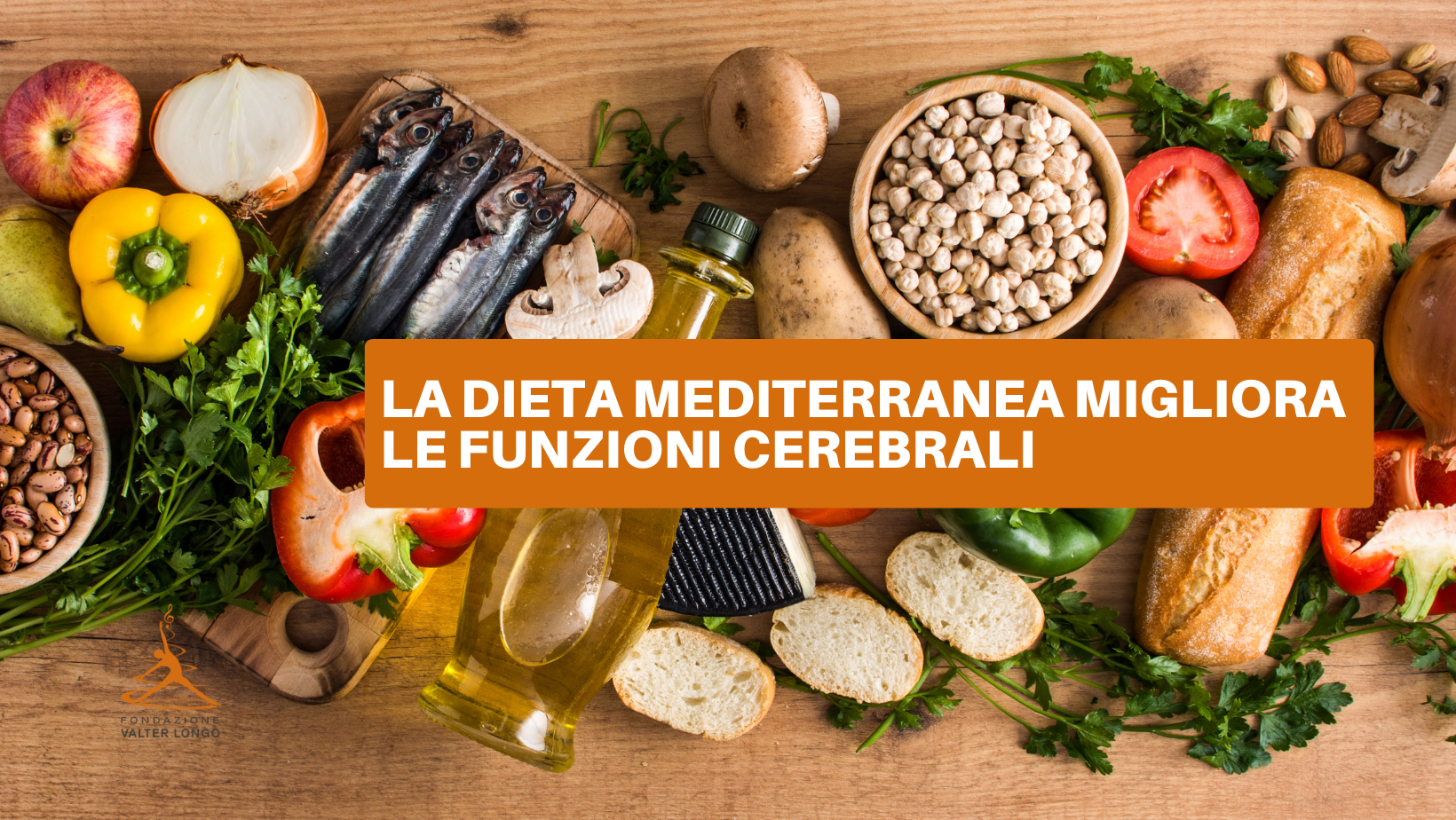

 ALESSANDRA FEDATO
ALESSANDRA FEDATO